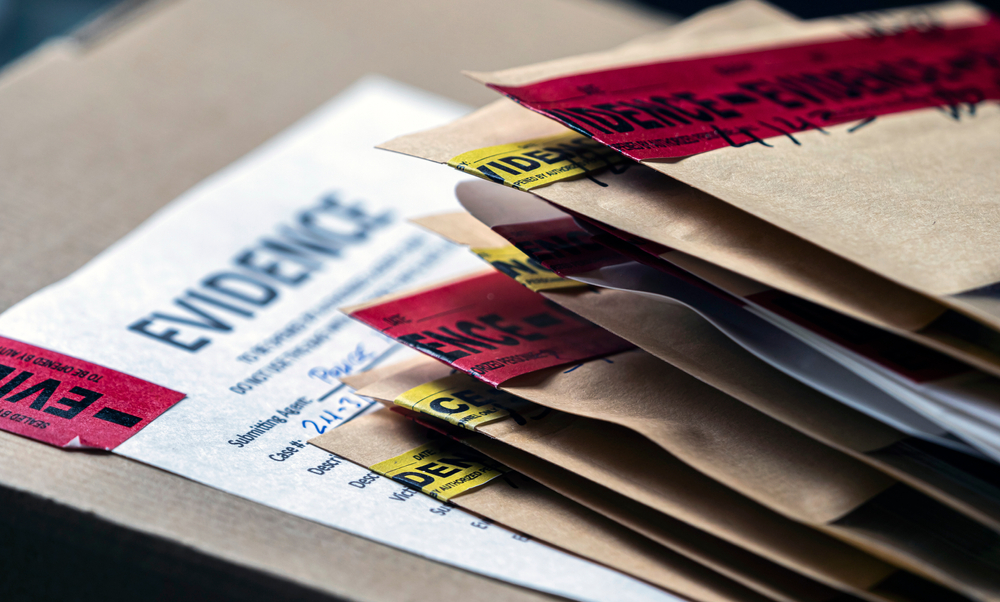On May 5, 1983, the Pottawatomie County Sheriff’s Office requested the Oklahoma State Bureau of Investigation investigate the suspicious disappearance of 19-year-old Melody Ann Jones who was a member of The Muscogee (Creek) Nation. That morning, Melody Ann Jones did not show up to work and a family member went by her residence to check on her. Her husband, 20-year-old Paul Richard Jones, was discovered deceased inside the home. It was determined he sustained injuries consistent with homicide. Melody Ann Jones was not located at the scene and was reported missing. Investigators searched the surrounding area on foot and horseback, covering 160 acres, while a helicopter covered 6-square miles. Investigators found no sign of Jones or any evidence. In October of 1998, skeletal remains were discovered in rural Seminole County and were transported to the Oklahoma Office of the Chief Medical Examiner (OCME). The Oklahoma OCME recently acquired the necessary resources needed for additional testing. This additional testing was conducted by the University of North Texas Health Science Center (UNTHSC) at Fort Worth through their Missing and Unidentified Human Remains (MUHR) Program grant; Purpose Area 3 (services to assist small, rural, and/or tribal entities on a national scale). UNTHSC MUHR funding was used to obtain DNA from the skeletal remains which hit to family reference samples in Combined DNA Index System (CODIS). On August 7, 2024, the remains were positively identified as Melody Ann Jones.







